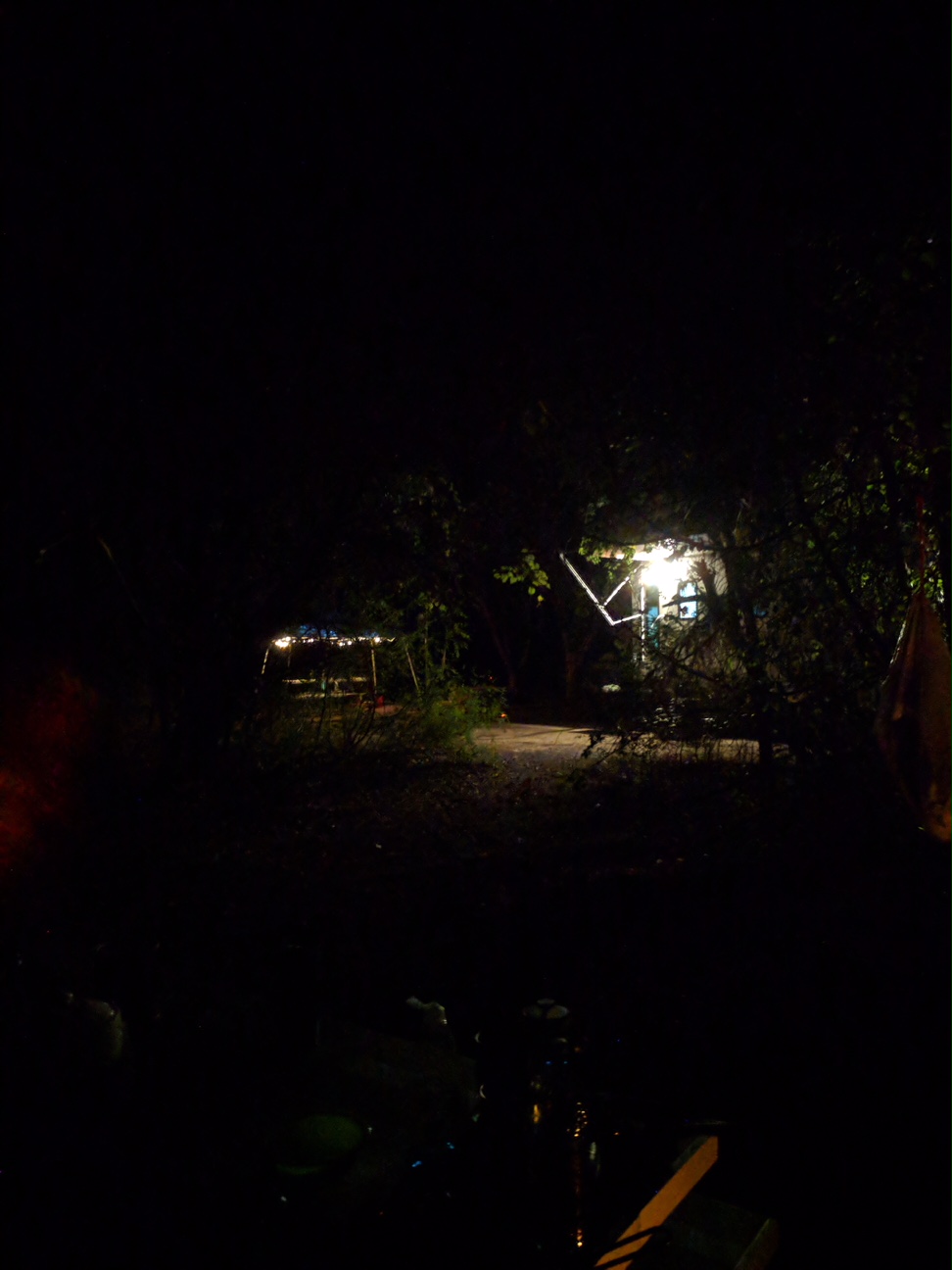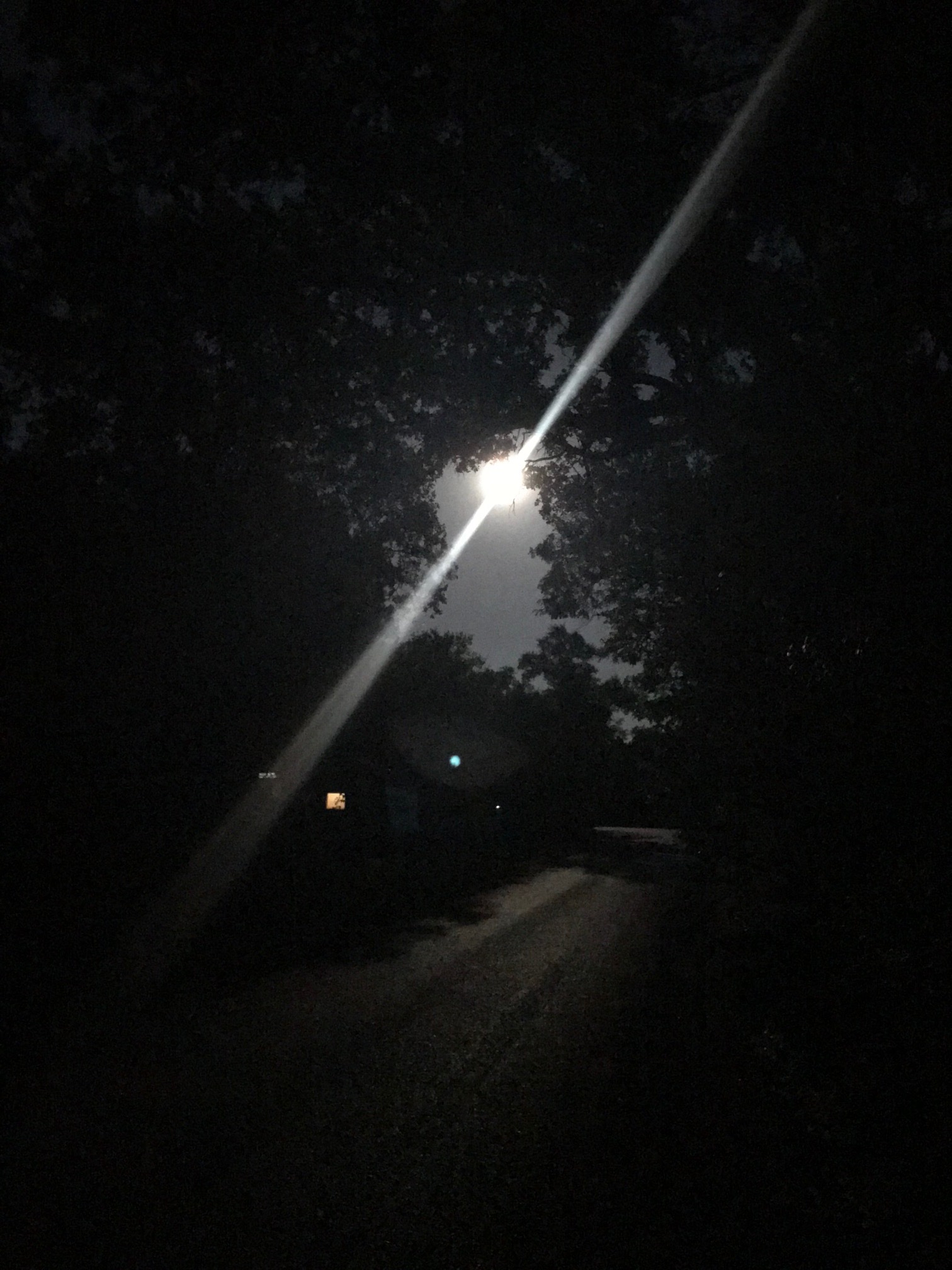A Hike in Wildbasin Will Solve All Your Problems
There is a quote from Game of Thrones that has been rattling around in my brain lately. The religious zealot has moved into the capitol and is causing a stir in the city. The young king Tommen Baratheon is visiting the zealot and slowly becoming enthralled by his lengthy speeches and charismatic leadership. The zealot says “I imagine you have worn a year of someone’s life on your back” referring to the detailed and extravagant clothing Tommen wears.
The quote came back to me sometime recently as I was watching a YouTube video about why the quality of all our furniture sucks now. High quality things take time to make and perfect. I couldn’t help but think about how many things used to take so much longer to make and how time must have seemed so different then. Moving into a house and buying furniture could have taken a few years, while you were waiting for something to be made and shipped to you. Building a house could have taken even longer. In a world where everything is now fast, is there anything at all that is still slow? Is there anything worth waiting for?
One thing that has always moved at its own pace is nature. While some trees may take a decade to produce fruit, others bloom within a few months of planting. Humans seem to have the ability to alter this rate of change. Our involvement in nature often means a rapid decline into degradation. We move in clear out anything useful and leave a trail of invasive species in our wake. However, what if that energy was put towards something productive?
In the 1970s a group of seven women sporting matching red tennis shoes and knee length skirts decided to start a conservation movement called “Now or Never”. Their legacy is a series of protected wildlife preserves that span the 360 highway up into the hill country. They had an uphill battle attempting to do something that had never been done before. Their success created Wild Basin, 227 acres of steep hills and cedar canopies. Spending a morning in Wild Basin will leave you feeling just a little bit better about the world and the potential for positive change.
When I arrived at the preserve it looks like just about every other place in the Texas Hill country. It’s rocky, full of Cedar trees, and the whole preserve is a piece of hillside that juts downward into a ravine below. Once you enter the shade of the trees you notice a greenhouse an outdoor classroom and a collection of potted plants. This outdoor classroom was part of the original plan 50ish years ago. While the preserve seems to look no different than say the greenbelt or maybe Emma Long park, the difference is in the details.
Wild Basin was intensely altered by human activity. This activity started well before the women of Now or Never started their campaign. The land has been logged for cedar to make telephone poles, it has been grazed for cattle and also burned in a fire. While some pockets still have hundred year old cedar trees, they are few and far between. When the Now or Never crew arrived it was in a sorry state. However, there is one thing that kept them motivated. This area is native habitat for the Black Capped Vireo and the Golden Cheeked Warbler. This is their nesting habitat, one of their only nesting habitat in the entire world. Without this land, those two species and many others, will disappear.
Black Capped Vireo in the Vireo/ Wild basin preserve Austin tx. Photo by me.
The task ahead of Now or Never was to preserve the land and rehabilitate it back into a habitat a young nesting female Warbler would be happy to live in. It’s hard to imagine what was going through their minds in that moment. The seven women standing on hill looking out at bare rocks. Oaks and cedars choked by drought and erosion. A completely overgrazed and degraded hillside lay before them that was doomed to become a planned neighborhood development. I am sure they were called all sorts of things, crazy, idealistic, and most of all impossible. Yet, if you attend a guided hike in Wild basin 50 years later, you can’t tell that the land was anything but wild.
If you are planning to restore an eroded bare hillside, the first thing you want to do is collect rainwater. Volunteers, students, and some paid employees have constructed rainwater collection barrels. In addition there are physical alterations to the landscape. Deep groves have been cut into the hillside to slow down rainwater and collect soil. Branches are carefully laid into brush berms to harvest every last drop of water. Plants can now be strategically planted. Areas are chosen where they have the highest chance of survival. Volunteers come diligently each week to water the saplings for two years or more. Helping the young sprouts make it through their first two summers.
Photo of the rainwater collection system and wildflower filed in the Wild Basin Preserve.
Wild basin is a testament to human caring. Those seven women saw the destructive power of development and decided that we can do better. It can take between 100-300 years for degraded landscapes to return to their natural state without human involvement. It can also take only a few months for that same landscape to be destroyed again. The Now or Never women have successors who have taken up their cause. Their project is ongoing and many people have chosen to continue with their legacy.
Special thanks to biologist for the Vireo Preserve and Wild basin Jim O. who has been organizing volunteers for many years on the project.
Map of a portion of the protected lands west of Austin. Wild Basin and the Vireo preserve are circled in red.














































































